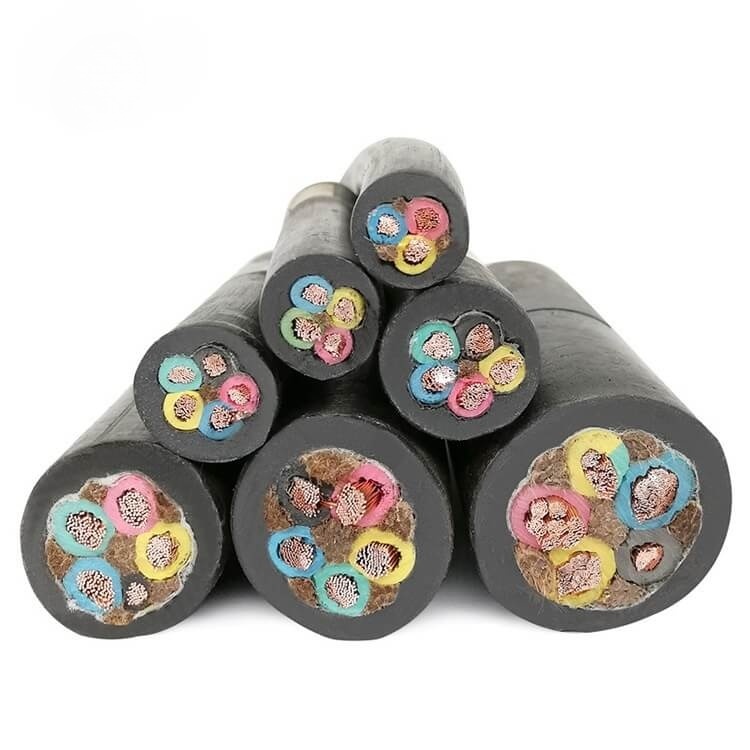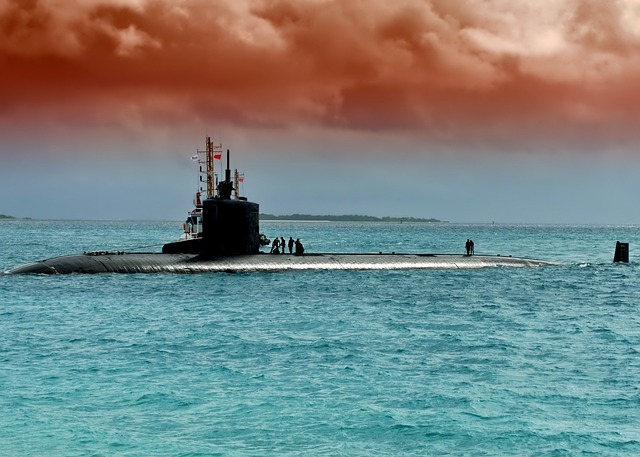What Is Submarine Cable?
 Jul 15,2024
Jul 15,2024

 Suke
Suke
It's more than 35,000 kilometers long and can transmit 100 terabits or more per second, even in the cold depths of the ocean floor. It is the "central nerve" of the sea—submarine cable. Submarine cables are wires wrapped in insulating material that are laid on the sea floor and under the water of rivers for telecommunications transmission. Modern undersea cables use optical fibers as material and use internal reflection to guide light along the path of the fiber, thereby transmitting telephone and Internet signals. Therefore, it can be regarded as the main artery of the world's interconnection, facilitating communication and information exchange around the world and being an indispensable part of the modern communication network.

Because it is used to be installed underwater and laid on the seabed, the design and manufacture of the submarine cable of the submarine cable need to consider many special factors, such as high salt water erosion, rocky and rugged seabeds, marine animal ecology, and even tsunami and volcanic activity and nearby fishing boats anchoring and trawling. For this reason, the IEC (International Electrotechnical Commission) has developed special submarine cable protection standards. In order to protect the safety of submarine cables, people put on "armor," or armor, according to the thickness, which is divided into double armor, single armor, light armor, etc. The closer to the shore, the greater the thickness of armor, and the thickness of offshore cable and adult arm similar to the deep sea will generally use light armor. As an important structural component of submarine cables, armor provides mechanical protection and tension stability for submarine cables, effectively blocking underwater external threats.
How many kinds of submarine cables do you know? Submarine cables are mainly divided into two types: submarine communication cables and submarine power cables. Submarine communication cables are specially used for the transmission of data and communication signals in the marine environment, mainly for communication services responsible for connecting different continents and regions. They are expensive but have a high degree of confidentiality. Submarine power cables are mainly used to transmit high-power electricity underwater and are usually used to connect power grids across oceans or lakes in order to transport electricity from power stations to where it is needed. Submarine communication cables can be said to be equivalent to underground power cables, but their applications and laying methods are different. And the submarine cable, compared with the land cable, has many advantages: first, it does not need to dig pits or support it with supports, so there is less investment and faster construction; second, it is less disturbed by the natural environment, such as wind and waves; it has strong anti-interference ability; and it has good confidentiality performance.
After understanding the basics of submarine cables, let's take a look at how they are laid. The laying principle of submarine cable is not complicated, but the construction is very difficult, and it is recognized as one of the most complex and difficult large-scale projects in the world. First of all, it is necessary to carry out seabed exploration with the help of underwater robots and then design the laying route according to the condition of the seabed. After formulating the laying route, the submarine cable-laying ship will lower the submarine cable into the sea water. In order to avoid breaking in the laying process, different ways of laying ship transport and laying submarine cable will affect the direction of cable formation and steel wire armoring. At the same time, the thicker the cable, the worse the flexibilityis also worse, so the curvature of the laying line cannot be too large, and the forward speed of the ship also needs to be strictly controlled. In the process of laying submarine cables, it is usually necessary to use the plow trencher to "dig trenches and fill." In short, the submarine cable laying ship is responsible for laying cables, and the plow trencher is responsible for laying cables on the seabed. The target landfill depth for submarine cables is generally 3 meters. However, due to the different structure of the seabed, it is difficult to reach a depth of 3 meters in many places, which is also one of the reasons for the frequent failure of the offshore section.

After the laying is completed, the submarine cable needs to be monitored and maintained for a long time. Although land-based cables fail hundreds of times more often than submarine cables, which are safe and reliable in most cases, there is no denying that submarine cables do carry certain risks. When there is a problem with an undersea cable, it takes a lot of time to find the fault, and then a transport ship will raise the cable to the surface and repair it—usually by cutting the damaged part, stitching the spare cable together with adhesives and joints, and then settling back to the bottom. The repair of a ground cable can take days, while in a submarine environment it can take weeks, making submarine cable repair difficult, long, and costly. But these risks are largely avoidable, as there are an average of about 100 undersea cable failures globally each year, and while some are due to animal activity and extreme natural conditions, the vast majority are caused by fishing and shipping activities.
In recent years, with the progress and innovation of technology, the application of submarine cable has been constantly expanding. In addition to the traditional functions of communications and power transmission, a series of new uses of the fiber-optic cable are now being developed, such as monitoring seismic sound waves off the seabed. This new use takes advantage of the physical properties of fiber optic cables and detects seismic sound waves by measuring the deformation per unit length of the cable, thus enabling real-time, continuous data collection. In addition, fiber optic cables can be used to measure seabed temperatures, with a sensitivity up to 0.001 °C, which provides a new source of data for oceanographic research.

 Home
Home Can XLPE Cable Be Buried Directly?
Can XLPE Cable Be Buried Directly?  You May Also Like
You May Also Like

 Tel
Tel
 Email
Email
 Address
Address













